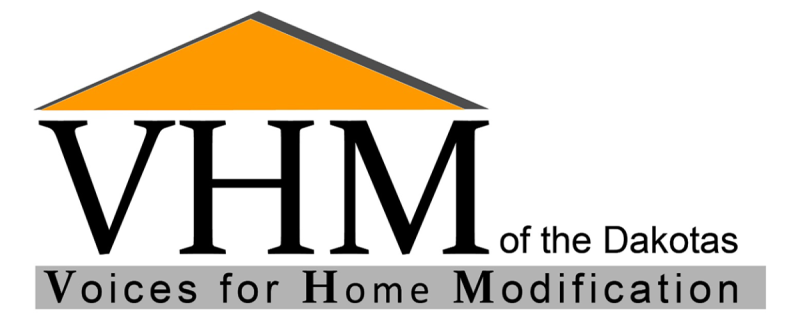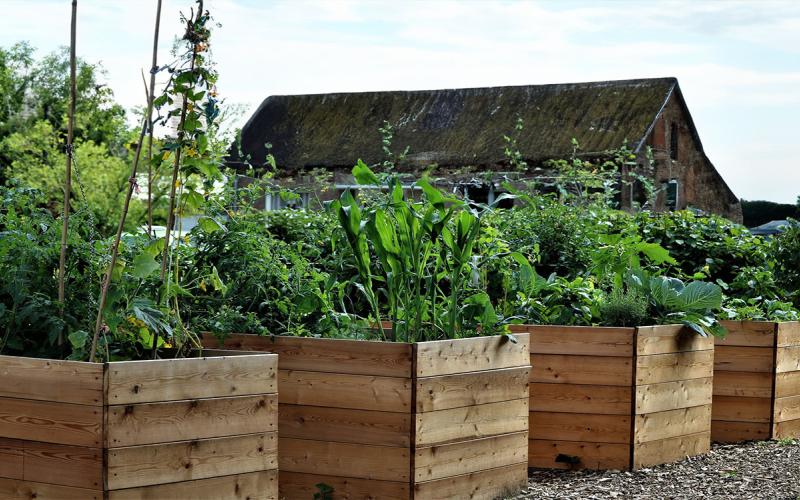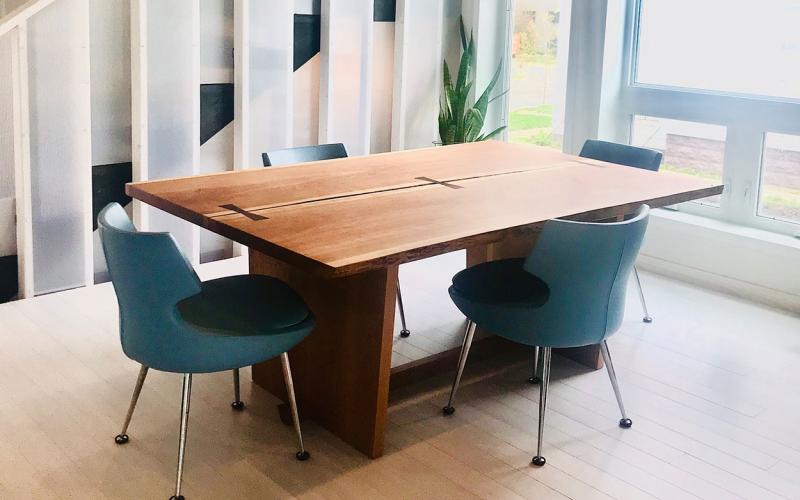
Testimonials by Rachel Hobbs, Samantha Drealan, Jamie Halvorson, Gordon Hooks, Georgia Duerre.
In the face of nursing home closures, now is the time consider alternative ways to meet this urgent community need. Home care is one such alternative. Most people understand home care to mean the range of medical and personal care activities that occur where a person lives. In fact, home care refers to non-medical activities that one may receive help with at home (meal preparation, bathing, etcetera).
Home care becomes necessary in a variety of situations, including recovery from surgery or end-of-life decline. When a person needs medical care, in addition to home care, there are providers who can come into home to provide medical services (nursing, wound care, physical therapy, occupational therapy, etcetera). This service is called home health care. A variety of services and supports provided by nursing homes can be accomplished in the home. However, there is an important barrier to making this transition.
Many homes have features that make it difficult for these services to be provided in the home (narrow halls and doors, stairs, and small bathrooms). As a result, people with medical conditions or advancing age may find it difficult to remain in the home. Home modifications are often necessary for individuals to receive care in the home. To better understand these issues, Voices for Home Modification of the Dakotas project team members asked providers who work in the home to share how the home impacts their ability to deliver services.
Seven individuals shared their experiences as providers in the home. Professionals represented in this group include occupational therapists, physical therapists, certified nursing assistants, personal assistance caregivers, homemakers, and registered nurses. Many of these professionals describe how the home/home modifications enhances their efforts to serve clients at home. Below you will find some of their direct quotes.
In Their Own Words
-
“Home modifications are important to allow individuals to remain safe in their home. The most-common home modification or adaptations we suggest involve the bathroom, with tub transfer benches, shower chairs, grab bars around the shower, raised toilet/seats, and grab bars around the toilet. Lack of home modifications can increase the risk for falls for those living in the home. Lack of home modifications impacts my safety as an occupational therapist during our sessions, because it prevents the client from performing their most-meaningful occupations (for example, if a patient doesn't have a tub bench or grab bars), I would not want to work on that during our session, for safety purposes.”
~Jamie Halvorson, Occupational Therapist -
“Home Modification prevent injuries and strain to the caregiver and client. Home modification make it easier to do activities of daily living in an effective and safe manner.”
~Georgia Duerre, Certified Nusing Assistant -
“Home modifications have increased a clients’ safety and ability to remain living at home longer, keeping them out of expensive long-term care facilities.”
~Samantha Drealan, Occupational Therapist
-
“Bathroom [design] is the biggest issue.”
~Gordon Hooks, Caregiver -
“I believe that these needed modifications should be accessible for everyone. Not having modifications makes simple tasks much harder and can cause serious injury if the client does not succeed. There should also be more accessible living facilities. I am lucky to have a client that lives in an accessible apartment complex, but there are many not as fortunate as her because there’s only one accessible apartment in our city and open spots fill so quickly.”
~Anonymous, Backup Caregiver -
“Home modification keeps her home and out of a nursing home with better care and attention. She is able to participate in activities she would miss otherwise.”
~Anonymous, Homemaker -
“Modifications of a wheelchair accessible apartment help my client live a somewhat normal life. And specifics, like a walk-in shower, help me to easily help her with basic needs”
~Anonymous, Personal Assistance Caregiver
The unfortunate news is that many people are unaware of the need for home modification until crisis occurs. At that time, they need solutions quickly and are uncertain where to turn for help. What they learn is that home modifications are costly, and often not covered by insurance. Many families are either forced to relocate or are stuck in housing without home modification. According to a report submitted to the U.S. Department of Housing and Urban Development in 2021, 4 in 10 U.S. households that would find having a bedroom and full bathroom on the entry level useful do not currently have both of these features.

Voices for Home Modification
The Voices for Home Modification of the Dakotas project seeks to raise awareness about these issues by collecting stories of individuals and organizations involved in and affected by home modification in North Dakota and South Dakota. Through these testimonials, this group seeks to increase the visibility of these challenges and home modification resources. The ultimate goal is to increase the availability of home modification resources across North Dakota and South Dakota.


